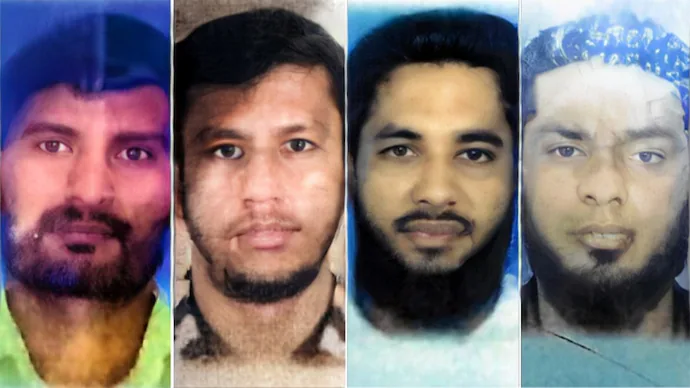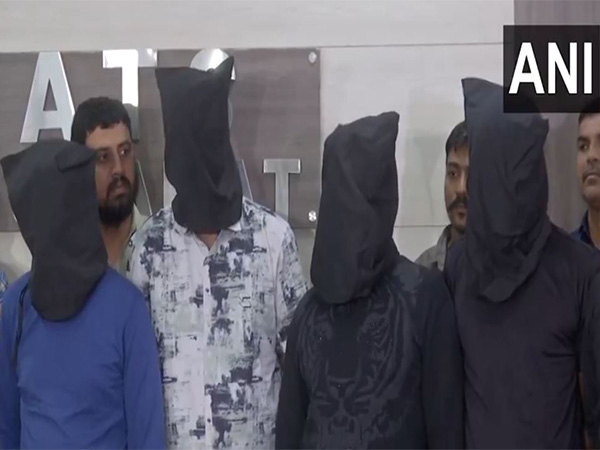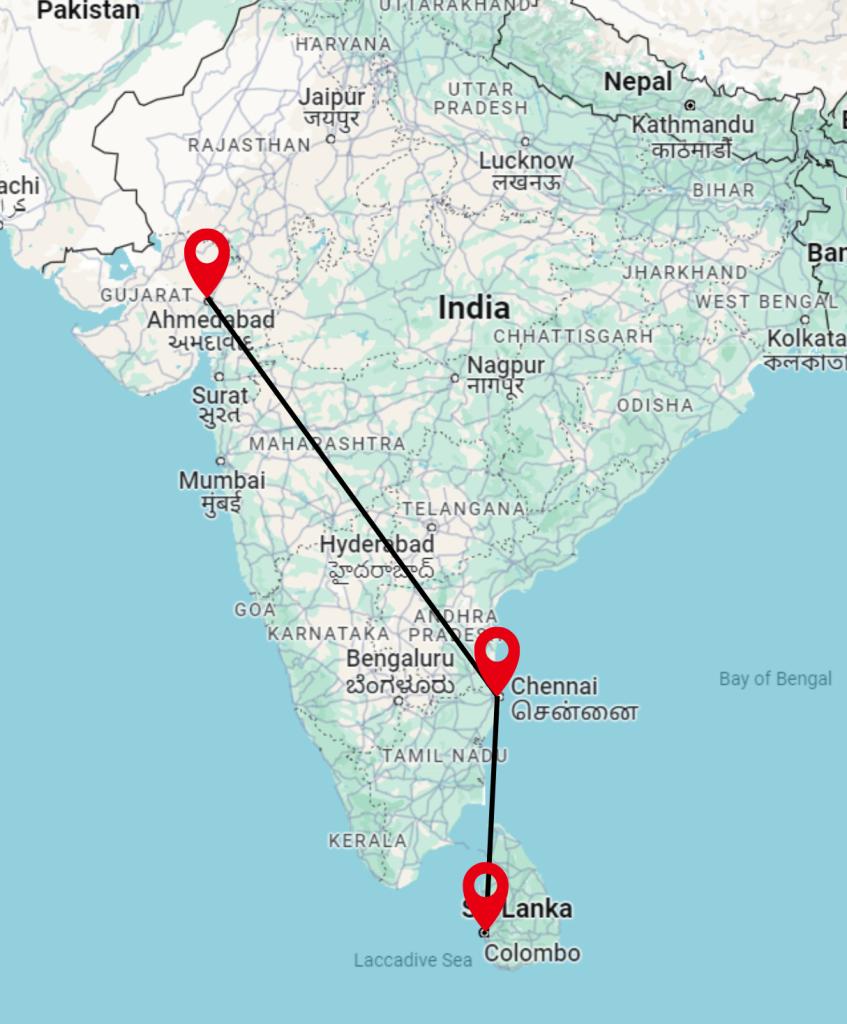As the NDA coalition is set to form a government for the third time; we take look at the dignitaries invited to the oath taking ceremony of PM Modi and its effects on regional foreign policy.
This time, heads from 06 neighboring & IOR countries have been invited.
- Prime Minister of Bangladesh, Sheikh Hasina.
- Prime Minister of Bhutan, Tshering Tobgay.
- Maldivian president, Mohamed Muizzu.
- Prime Minister of Mauritius, Pravind Jugnauth.
- Nepalese Prime Minister Pushpa Kamal Dahal.
- Sri Lankan President Ranil Wickremesinghe.

What does this mean in reality? Coalition or not, the foreign policy remains constant. Elections are an internal matter which have international repercussions, mainly on foreign policy. Yet it does not change the fundamental fact of democracy.
With an ‘India Out’ Movement in Maldives, calls for Boycott in Bangladesh, A heavy Chinese debt trap in Sri Lanka & Bangladesh, Chinese shadows on Nepal & insurgency in Myanmar, a border crisis with China in Bhutan.
In a divided neighborhood, bringing the leaders together proposes a symbolic & political gesture to the recent setbacks and a promise to work on them ; as stated by Mrs. Palki Sharma Upadhyay.
After the recent setbacks by Maldives, the invite comes as a positive move for them to reset & settle relations with the only neighboring support or rely on far & distant China that may abandon, shall you be in danger. New Delhi is not giving up on Male; the ball is now in Muizzu’s court.
With Pakistan, it comes as a humiliation, as all major South Asian leaders come together yet you are not invited, set yourselves straight first then we shall talk.
From last two oath taking ceremonies, it has been made a point by the PM to invite head-of-state of neighboring countries as a show of solidarity, unity and control in the region, the need for which is now more than ever.
When PM Modi assumed the office for the first time in 2014, the leaders of the SAARC (South Asian Association for Regional Cooperation) countries were invited his swearing-in ceremony.
In 2019, the leaders of the BIMSTEC (Bay of Bengal Initiative for Multi-Sectoral Technical and Economic Cooperation) countries attended Modi’s swearing-in for his second consecutive term as prime minister.
Over a decade (2014) later two countries are missing, namely Afghanistan & Pakistan.
Afghanistan is now ruled by the Taliban, India does not officially recognize the Taliban govt. since the group came to power through an armed insurgency. Although we maintain a cautious position catering only to the humanitarian requirements of the Afghans with some backdoor diplomacy.
As for Pakistan, then PM Nawaz Sharif was invited in 2014. Since then, much has changed in Pakistan.
After the Pulwama attack and numerous other terror incidents, along with a rigged election in Pakistan and the rise of PM Shehbaz Sharif, there has been no acknowledgment of the Pakistani government by India.
Forwarding CPEC, selling the country to China & the west, Pakistan at most remains a vassal state, controlled by the Army – owned by shareholders of distant lands.
China & Myanmar remain out of question for obvious reasons. With alarming Chinese investments in regions of Indian influence, one must think of improving its hand.
A good reconciliation is just half the way, India too is responsible. Be it the investments in Nepal & Bhutan, economic aid to Sri Lanka or trade and disputes with Bangladesh, this outreach must bear it results.























